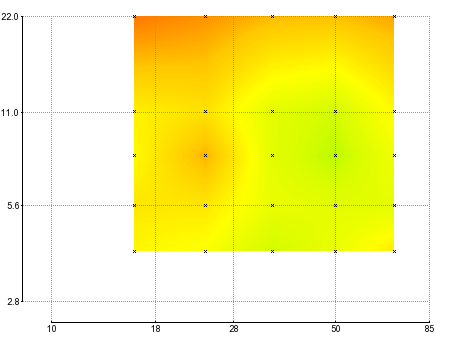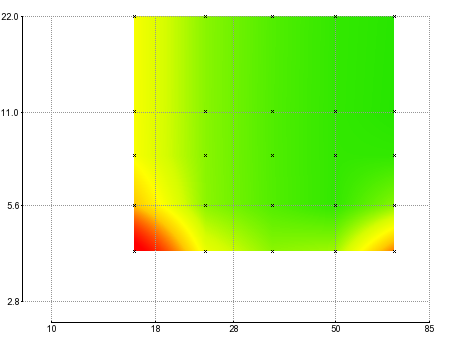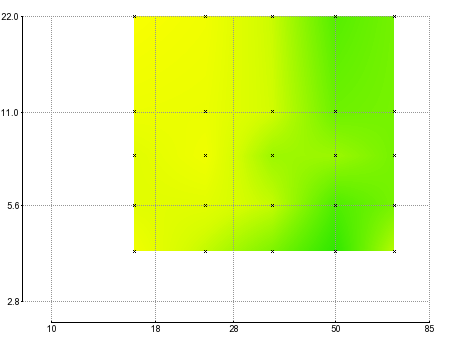Jesper Frickmann
Leading Member
This premium branded "Zony" lens has received some rather harsh reviews on the net and sparked some strong feelings on this discussion forum. I have owned and used it for over two years now, and I have to say that overall, I am actually quite pleased with it. In the following, I will try to point out the strong and weak points of the lens and share some sample pictures.
General: Any lens design has to make compromises between weight, max. aperture, zoom range, and image quality. Although this lens is not ultra compact like the collapsable 1650 kit lens, it is still a fairly small zoom lens. Yet, they have insisted on making it a constant F/4 lens. I believe that they may have pushed the limits, and this is probably why the corners are sometimes soft, and decentering sometimes an issue. If you understand the limitations of this lens, however, I think that you can get really good results, and overall I find that it is a joy to use.
Pros: The build quality is very good, and I like the way that it handles and balances on my NEX-6 body. Focus is silent and fast. The minimum focusing distance is quite short, allowing closeups of small things. I find that the relatively wide zoom range is very useful - especially the 16mm wide end. At 70mm, the F/4 aperture allows for quite good subject isolation for portraits. Bokeh rendering I also find very pleasing.
Cons: The corners are not always perfect. I find it fairly average for a zoom lens, but not nearly as bad as some claim. I suggest that you judge for yourself from the pictures I share below. If you shoot straight into the sun, the lens can sometimes have some rather nasty green flare.
I have given the lens 3½ stars. At $999 the lens is quite expensive. Sony E lenses are generally expensive, and with the blue Zeiss badge, they add few $100s more. But I picked it up for $749 at a sale from sony.com, and at that price, I find it was worth the money.
Here are some sample images for you, starting from the wide angle going to tele.

Cityscape at wide angle.

The backlight makes things a little more challenging. You can see a little softness and chromatic aberration near the sun, but I still find it perfectly acceptable.

A shot into the sun, but no green flare here. I do not have an example showing the flare, because I delete bad shots...

A good little friend of mine. I think that this shot shows the bokeh rendering quite well.

Landscape at intermediate zoom.

I shot this landscape wide open by mistake. You can see a slight loss of sharpness in the left side. I still find it acceptable.

Landscape at slight tele zoom.

This one shows the lens' ability to focus at short range.

70mm wide open. Notice that the grass in the foreground is slightly blurred due to the shallow focus.

Subject isolation.

Landscape at 70mm.
General: Any lens design has to make compromises between weight, max. aperture, zoom range, and image quality. Although this lens is not ultra compact like the collapsable 1650 kit lens, it is still a fairly small zoom lens. Yet, they have insisted on making it a constant F/4 lens. I believe that they may have pushed the limits, and this is probably why the corners are sometimes soft, and decentering sometimes an issue. If you understand the limitations of this lens, however, I think that you can get really good results, and overall I find that it is a joy to use.
Pros: The build quality is very good, and I like the way that it handles and balances on my NEX-6 body. Focus is silent and fast. The minimum focusing distance is quite short, allowing closeups of small things. I find that the relatively wide zoom range is very useful - especially the 16mm wide end. At 70mm, the F/4 aperture allows for quite good subject isolation for portraits. Bokeh rendering I also find very pleasing.
Cons: The corners are not always perfect. I find it fairly average for a zoom lens, but not nearly as bad as some claim. I suggest that you judge for yourself from the pictures I share below. If you shoot straight into the sun, the lens can sometimes have some rather nasty green flare.
I have given the lens 3½ stars. At $999 the lens is quite expensive. Sony E lenses are generally expensive, and with the blue Zeiss badge, they add few $100s more. But I picked it up for $749 at a sale from sony.com, and at that price, I find it was worth the money.
Here are some sample images for you, starting from the wide angle going to tele.

Cityscape at wide angle.

The backlight makes things a little more challenging. You can see a little softness and chromatic aberration near the sun, but I still find it perfectly acceptable.

A shot into the sun, but no green flare here. I do not have an example showing the flare, because I delete bad shots...

A good little friend of mine. I think that this shot shows the bokeh rendering quite well.

Landscape at intermediate zoom.

I shot this landscape wide open by mistake. You can see a slight loss of sharpness in the left side. I still find it acceptable.

Landscape at slight tele zoom.

This one shows the lens' ability to focus at short range.

70mm wide open. Notice that the grass in the foreground is slightly blurred due to the shallow focus.

Subject isolation.

Landscape at 70mm.














